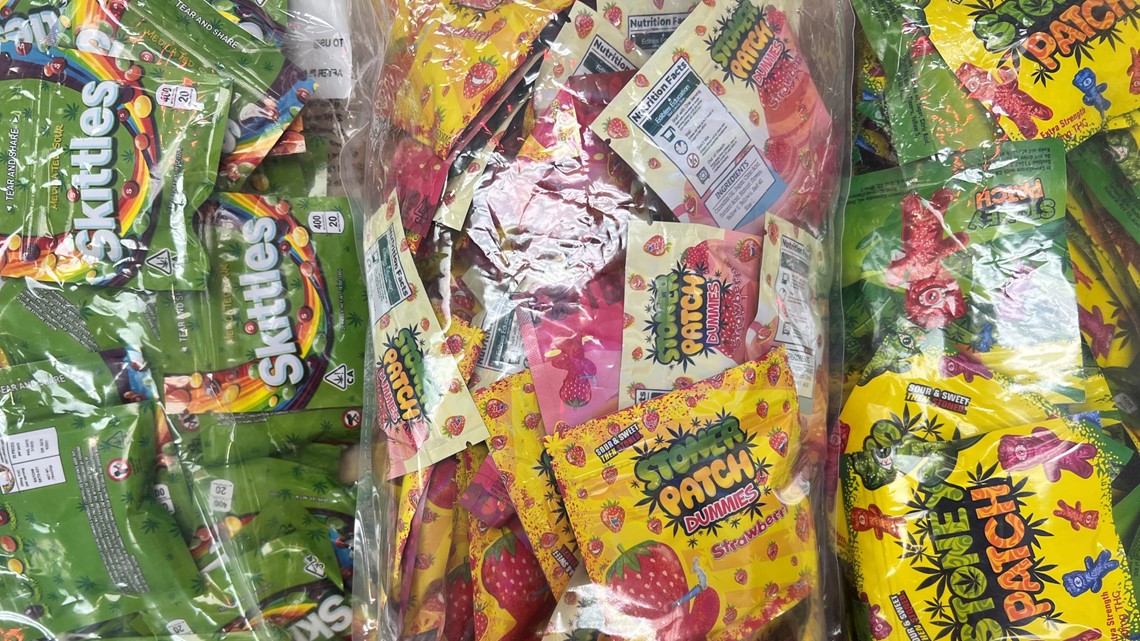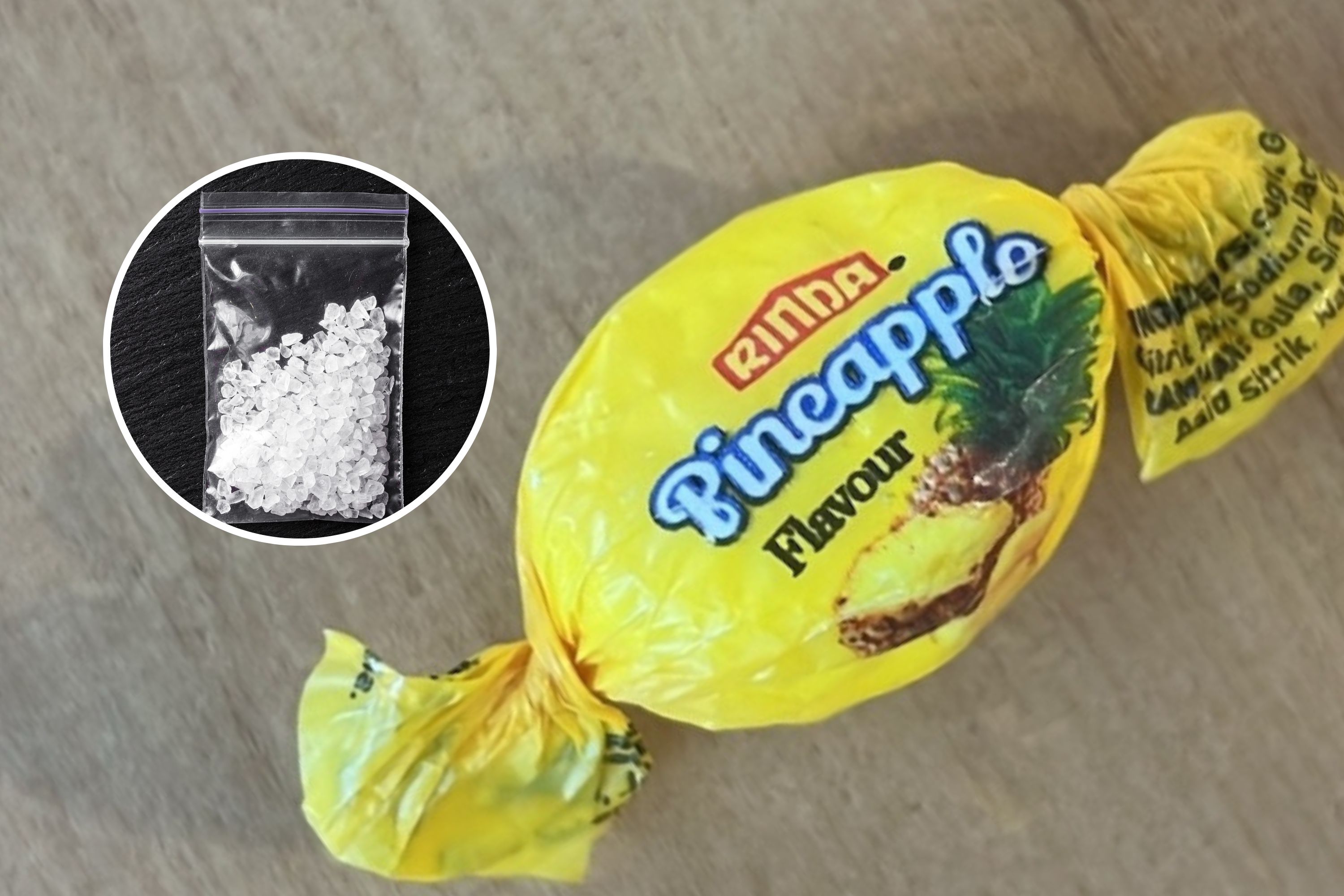A serious public safety concern has emerged in New Zealand as pineapple-flavored sweets distributed by the charity Auckland City Mission have tested positive for methamphetamine.
The revelation sparked an urgent effort by authorities to recall the potentially lethal candies from circulation. The sweets were distributed as part of the charity's food parcels to support the needy, raising alarm due to the significant health risks.

An anonymous donor donated the sweets in a sealed, branded package. Upon discovering the contamination, the Auckland City Mission quickly notified the police and the public. Helen Robinson, a spokesperson for the charity, emphasized the urgency, noting that an estimated 400 people might have received the affected sweets.
Did you read this?
So far, eight families have reported being impacted, though no hospitalizations have been reported.
The New Zealand Drug Foundation conducted tests on the sweets, finding each piece contained around three grams of methamphetamine. This amount is significantly higher than the typical dose used by individuals, posing severe health risks, including the possibility of death.
Sarah Helm, a spokeswoman for the foundation, highlighted the potential dangers, urging recipients of the sweets to avoid consumption.
One case involved a child who fortunately spat out the candy after detecting its acrid and unpleasant taste.

The incident underscores the unpredictable and hazardous nature of the contaminated sweets. Methamphetamine can cause a range of severe symptoms, including chest pain, a racing heart, seizures, delirium, and loss of consciousness.
The police are treating the situation as a priority, with an ongoing investigation to determine how the methamphetamine ended up in the sweets.
Helm suggested that drug smugglers might have inadvertently used the food items as a means to transport the narcotics rather than a deliberate attempt to harm children.
The situation remains under close watch as authorities work to mitigate the risks and protect the public.









